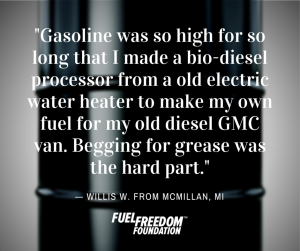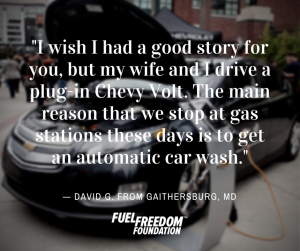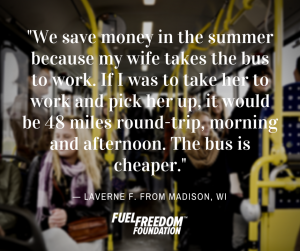Elon Musk’s dream of revolutionizing the auto industry seemed to lose some of its luster last week as the fledgling electric car company ran into a few roadblocks in getting its new models into consumer hands.
The $35,000 Model X is scheduled to be leaking out to a few early customers late this year. Then full-scale production will begin in 2016. But already there is talk of delays and missed deadlines, so there might be an asterisk attached to those numbers soon.
The ultimate goal is selling 50,000 Model X’s by 2017, which still seems way over the horizon. A lot of those sales were supposed to come from China, and that’s developing into a problem. Musk was in China last week talking things over with Zhao Kuiming, head of Tesla’s China sales division, but Musk has already decided to “reboot.” It appears that Chinese buyers are still spooked by the lack of recharging stations, even though there have been a few grand openings around Beijing. Tesla was hoping to sell between 4,000 and 8,000 models in China in 2015, but only 120 cars were sold in January. Musk has cut the China staff from 600 to 420 and is recalculating just what can be expected from the Middle Kingdom. The tastes of the few Chinese millionaires who could be counted on to purchase the Tesla as a status symbol aren’t going to get him very far.
All this has spooked investors as well. They’ve driven the price of Tesla stock down nearly 20 percent since the start of the year. Once the highest flyer on the market, Tesla peaked at $293 a share last September, but it’s been a long descent ever since. Prices lingered around $180 per share last week. Even then, Tesla is trading at 232 times its expected earnings for 2015. The average stock on the NASDAQ, where it trades, is 21 times earnings. All this has lifted the short interest on Tesla stock to 27 percent of floating shares. The average on the NASDAQ, once again, is only 5 percent.
Nevertheless, all this could turn around quickly. Tesla already has 20,000 pre-orders on the Model X, and there is every reason to think its release could revolutionize the industry, much as Musk says. As it is emerging, the Tesla is going to be a device much more attuned to electronics and Silicon Valley as it is to Detroit and the auto industry. Musk is already introducing over-the-air (OTA) updates of the car’s software in a model, much more like an iPad than a Ford Focus. All those features you see advertised by the major automakers — rearview cameras, automatic emergency braking — will be standard in the Tesla. Musk is already talking about an automatic driving feature that will allow drivers to guide the car hands-free on Interstate highways. Of course, there are lots of state regulations that will have to be satisfied before this feature can go into effect. California, Nevada, Michigan, Florida and Washington, D.C., already have laws allowing driverless vehicles driving, but it’s unclear how Tesla’s system will be judged under these statutes.
Also decided at the state level is the question of whether Tesla can sell directly to customers or must work through established car dealerships. These laws are generally put into effect at the behest of local dealers to prevent the major auto companies from setting up their own shops. But Tesla has run afoul of the law in many states. The company just won a major victory when New Jersey Gov. Chris Christie came down in favor of Tesla. Georgia has also opened its doors to direct sales at five stores. But West Virginia has gone in the opposite direction, banning sales of Tesla altogether. There probably aren’t that many potential Tesla customers in West Virginia anyway.
Perhaps the unkindest cut came from Wall Street Journal columnist Holman Jenkins, who wrote a piece titled “Tesla: Just Another Car Company.” If you wanted to insult Elon Musk, you could hardly do better. “Elon Musk has proved that a market exists for electric cars, despite their many inconveniences, especially if they come wrapped in taxpayer subsidies,” Jenkins wrote. “But he hasn’t proved he can make a profit.”
Jenkins sees the Tesla operating in a niche market, in which a small percentage of customers are willing to ignore the problems in order to be “green.” Once this niche is filled, however, the market will thin out quickly. “Uber is disruptive,” he writes. “Tesla isn’t. Tesla is disruptive mostly of a driver’s confidence that he’s going to reach his destination without needing a tow.”
Yet this perspective is probably too negative of Tesla, and electric cars in general. There are people whose driving needs it fits perfectly. “I own a Tesla. It is beyond spectacular,” wrote one of the commenters to Jenkins’ piece. “The car has Di Minimus maintenance as there is nothing to break.” “That is why I bought a Tesla,” says another. “At 270 miles to start with, range anxiety is not my problem, yet. I rarely drive over 100 miles in any given day, and if I needed to, my Chevy Tahoe is still in the garage.” I have friends in Baltimore who bought a Nissan Leaf as a second car to tool around the city and love it.
So Tesla may just be filling a niche, but it is still a sizable one. Infrastructures can change a lot faster than we anticipate, especially where there is a demand for it. Tesla’s stock may be overvalued and due for another nosedive. But the company is still making big changes in the way we power our cars.




